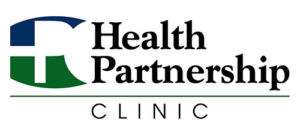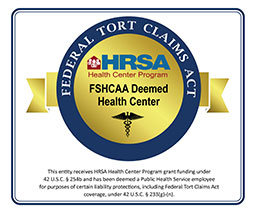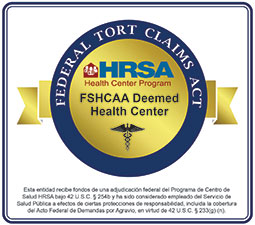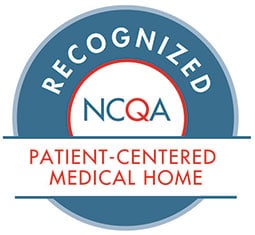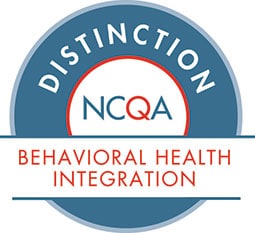Breaking the Stigma: Know the HIV facts and communicate.
 By Maureen Caro, FNP-BC, Family Nurse Practitioner at Health Partnership Clinic
By Maureen Caro, FNP-BC, Family Nurse Practitioner at Health Partnership Clinic
HIV (human immunodeficiency virus) care is a subject near and dear to my heart. I was born in the 1980s, and the history of this illness interweaves with my life. I decided to become a nurse in the early 2000s when anti-retroviral therapy was still very new. My final paper for undergrad discussed how to handle the first diagnosis of HIV in a family. HIV stigma is extremely real and affects how people will trust you to provide their care.
Silence Kills
As a provider, you must be very sensitive to cultural issues while also impressing on people how life-changing therapy is for this illness. Many people still think of HIV/AIDS as the death sentence that it was in my childhood. Many others have incorrect ideas of their own levels of risk. Everyone on earth is at risk for this illness, in one way or another. The only way that we can control this illness is by discussing it honestly. Silence literally kills.
First, we need to discuss particular people at risk.
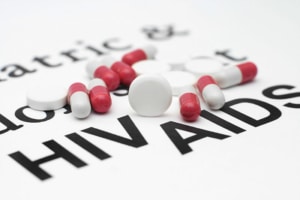 Ethnicity, sexual orientation, gender identity—all of these conspire to make certain populations at risk. I was shocked to find that there is a 50 percent lifetime risk of HIV of black men who have sex with men (MSM). White MSM also have increased risk, as opposed to heterosexual couples. Some sexual activity is riskier than others. Receptive anal sex is the highest risk, followed by receptive vaginal intercourse. Women who have sex with women (WSW) HIV transmission is practically nonexistent. Condom use and other barrier methods like dental dams can dramatically decrease risk. Condoms should be used for all kinds of sex.
Ethnicity, sexual orientation, gender identity—all of these conspire to make certain populations at risk. I was shocked to find that there is a 50 percent lifetime risk of HIV of black men who have sex with men (MSM). White MSM also have increased risk, as opposed to heterosexual couples. Some sexual activity is riskier than others. Receptive anal sex is the highest risk, followed by receptive vaginal intercourse. Women who have sex with women (WSW) HIV transmission is practically nonexistent. Condom use and other barrier methods like dental dams can dramatically decrease risk. Condoms should be used for all kinds of sex.
Injection drug use is also a huge cause for initial infection.
 Needle exchange programs and harm reduction strategies can help. Mother-baby transmission (perinatal) is becoming increasingly rare as HIV screening is routine, and anti-retroviral therapy during pregnancy is increasingly effective at preventing perinatal infection.
Needle exchange programs and harm reduction strategies can help. Mother-baby transmission (perinatal) is becoming increasingly rare as HIV screening is routine, and anti-retroviral therapy during pregnancy is increasingly effective at preventing perinatal infection.
One of the most exciting things to come along is the PrEP – Pre-exposure Prophylaxis. This means people at increased risk of HIV take a low dose of antiviral therapy as a form of prevention.
The numbers of new HIV infections that we can prevent this way is staggering. It decreases risk of sexual transmission by 99 percent and of injection drug use by 74 percent. MSM, sex workers, people who use injection drugs and those in a relationship with a HIV-positive person are all eligible for this therapy.
Attaining stable antiviral levels in the blood mean that with every exposure, there is enough medication in your system that with your immune system, will be able to fight off a new infection. It is literally life changing.
HIV is treatable and preventable.
Over the course of my lifetime, I have seen HIV gone from being an unaddressed pandemic and an unspoken terror to being a treatable and preventable chronic illness. HIV care covers many intersecting circles of illness, family relationships, language barriers, stigma and access to care. I am 100 percent committed to my patients receiving respectful and thorough care.
Please set up a visit with myself or my team to discuss your care if you feel that any of this affects you or someone you are close to.
To schedule an appointment at Health Partnership Clinic, call 913-684-2266.
Additional resources can be found at:
https://www.cdc.gov/hiv/basics/hiv-transmission/ways-people-get-hiv.html
